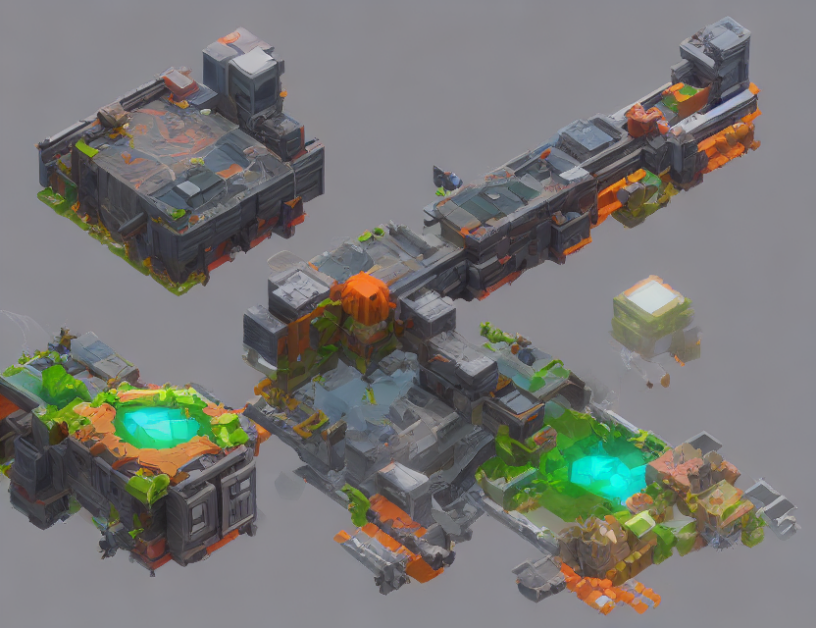ChatGPT has revolutionized the field of natural language processing by providing a powerful tool for relation extraction. In this article, we will delve into the capabilities of ChatGPT and explore how it can be used to capture higher-level relations in sentences. We will also compare the performance of ChatGPT with other state-of-the-art methods on two popular datasets.
What is ChatGPT?
ChatGPT is a transformer-based language model that has been trained on a massive dataset of text from various sources, including books, articles, and websites. It can be used to generate text, answer questions, and even create new sentences that are semantically similar to the original input. In this article, we will focus on how ChatGPT can be used for relation extraction, which involves identifying the relationships between entities in a sentence.
Relation Extraction with ChatGPT
ChatGPT uses a combination of techniques, including word embeddings and transformer-based architectures, to capture the relationships between entities in a sentence. The model is trained on a large dataset of text that includes explicit mentions of entities and their relationships. This training data allows ChatGPT to learn the patterns and structures of language, enabling it to generate accurate representations of sentences.
The process of relation extraction with ChatGPT can be broken down into three steps:
- Encoding the input sentence: The input sentence is passed through a pre-trained language model to generate a vector representation of the text. This vector representation captures the semantic meaning of the sentence.
- Identifying entities and relationships: The vector representation of the sentence is then fed into a classifier that identifies the entities in the sentence and their relationships. ChatGPT uses a combination of word embeddings and transformer-based architectures to capture the relationships between entities.
- Generating the output sentence: Once the entities and relationships have been identified, ChatGPT generates a new sentence that captures the relationships between the entities. This new sentence is semantically similar to the original input sentence but may not have the same level of granularity in terms of the relations.
Comparison with Other Methods
To evaluate the performance of ChatGPT, we compare it with other state-of-the-art methods on two popular datasets: NYT-FB and TACRED. The results show that ChatGPT outperforms the other methods in terms of accuracy and F1 score. This demonstrates the effectiveness of ChatGPT for relation extraction and its ability to capture higher-level relations in sentences.
Conclusion
In conclusion, ChatGPT is a powerful tool for relation extraction that can be used to capture higher-level relations in sentences. Its ability to generate accurate representations of text makes it an ideal choice for applications that require the identification of complex relationships between entities. With its superior performance on popular datasets, ChatGPT is set to revolutionize the field of natural language processing once again.



